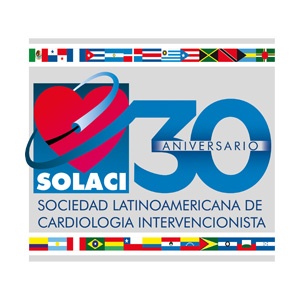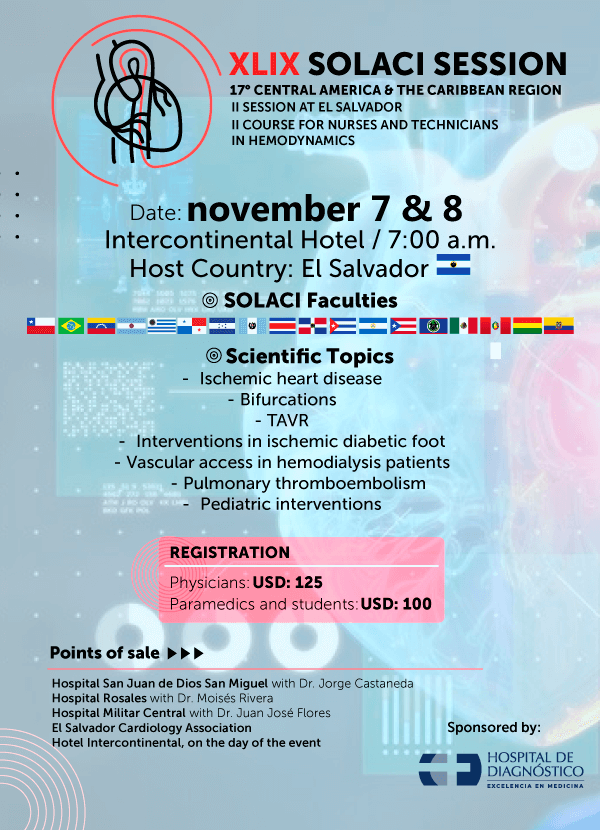Courtesy of Dr. Carlos Fava.
The incidence of peripheral vascular disease (PVD) is increasing and associated with negative outcomes when overlapping with cardiovascular disease. In patients undergoing TAVR, its prevalence varies between 28% and 42%, according to different studies. However, its real impact on the rate of survival is still unclear.
This study analyzed 27,440 patients >65 years old who underwent TAVR between 2011 and 2015. Among them, 4810 presented PVD (24.5%). Of all procedures, 19,660 used a transfemoral approach and 7780 used a non-transfemoral approach. Among this last subgroup, 3730 presented PVD (47.9%).
Read also: “Latest articles about peripheral vascular diseases”.
PVD patients (in both groups) had the following characteristics: they were younger (most of them were men) and had higher rates of hypertension, diabetes, coronary disease, stroke, and heart failure within the two weeks before TAVR.
After a 1-year follow-up, patients with PVD undergoing TAVR via transfemoral access had higher rates of mortality (16.8% vs. 14.4%; adjusted hazard ratio [HR]: 1.14; p = 0.01), readmission (45.5% vs. 42.1%; HR: 1.11; p =< 0.001), and bleeding (23.1% vs. 19%; HR: 1.18; p < 0.001), compared with patients who did not experience PVD.
Read also: “Efficacy of Micromesh-Covered Stents in Carotid Artery Stenting”.
PVD patients undergoing TAVR via a non-transfemoral access did not present higher rates of 1-year mortality or readmission compared with patients with PVD treated with TAVR via transfemoral access.
Conclusion
PVD is common among patients undergoing TAVR via transfemoral and non-transfemoral access. Among patients undergoing transfemoral TAVR, PVD is associated with a higher incidence of adverse events at 1 year, compared with patients who do not experience PVD.
Editorial Comment
This Society of Thoracic Surgeons/American College of Cardiology (STS/ACC) Transcatheter Valve Therapy (TVT) Registry shows that 1 every 4 patients who undergo TAVR present PVD, which leads to worse outcomes after a one-year follow-up.
The use of transfemoral access in PVD patients was associated with a higher prevalence of events when compared with non-transfemoral access. This may be influenced by the French gauge of the introducers required in these procedures.
These results will surely improve upon the availability of new valves or future valves reducing the profile. The use of non-femoral approaches implies greater challenges and is not complication-free.
Courtesy of Dr. Carlos Fava.
Original title: Peripheral Artery Disease and Transcatheter Aortic Valve Replacement Outcomes. A Report from the Society of Thoracic Surgeons/American College of Cardiology Transcatheter Therapy Registry.
Reference: Alexander Fanaroff. Circ Cardiovasc Intev 2017;10:e005456.
Get the latest scientific articles on interventional cardiologySubscribe to our weekly newsletter
We are interested in your opinion. Please, leave your comments, thoughts, questions, etc., below. They will be most welcome.





